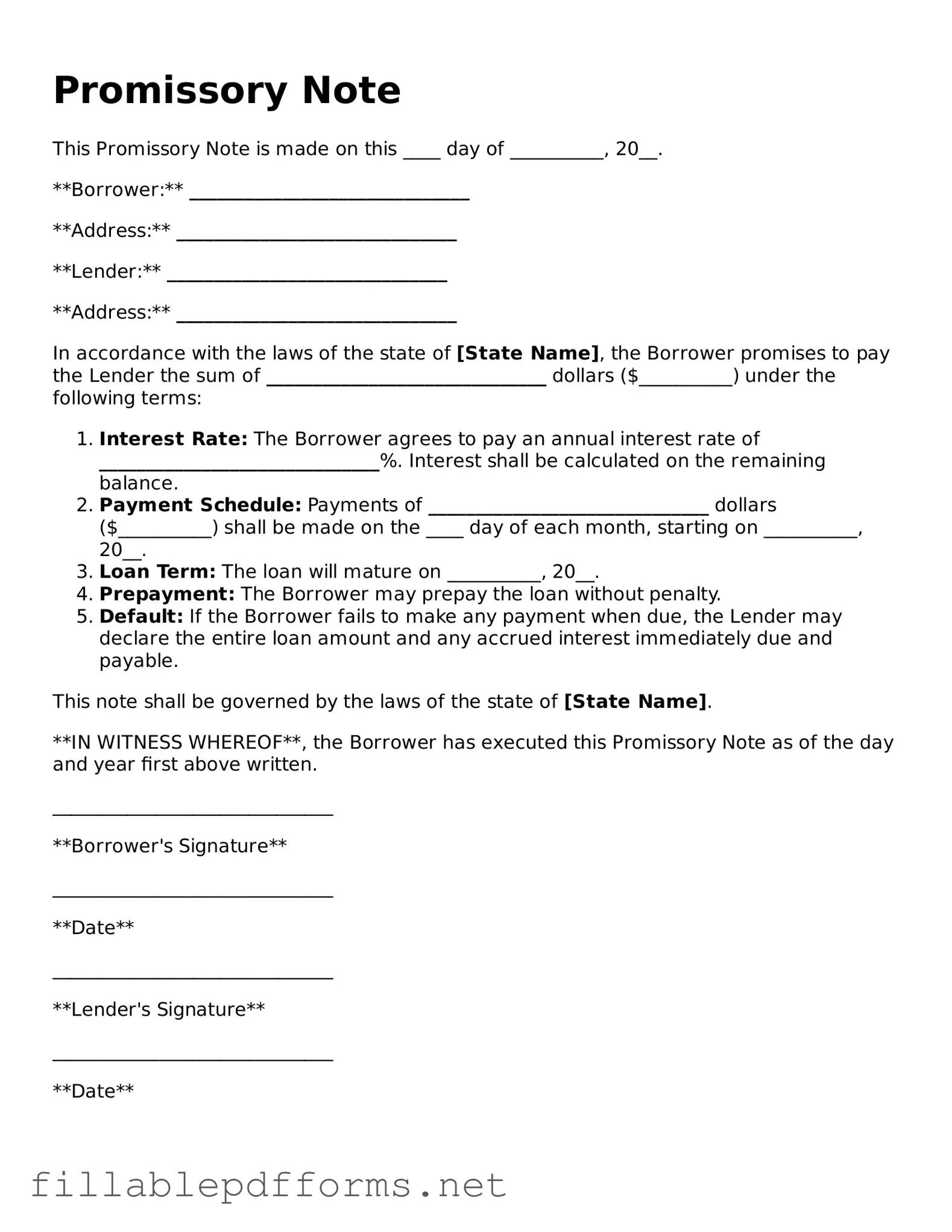Blank Promissory Note Template
A Promissory Note is a written promise to pay a specified amount of money to a designated party at a determined time or on demand. This financial instrument serves as a crucial tool in personal and business transactions, ensuring that obligations are clear and enforceable. Understanding the components and implications of a promissory note can empower individuals and businesses to manage their financial commitments effectively.
Launch Editor Here
